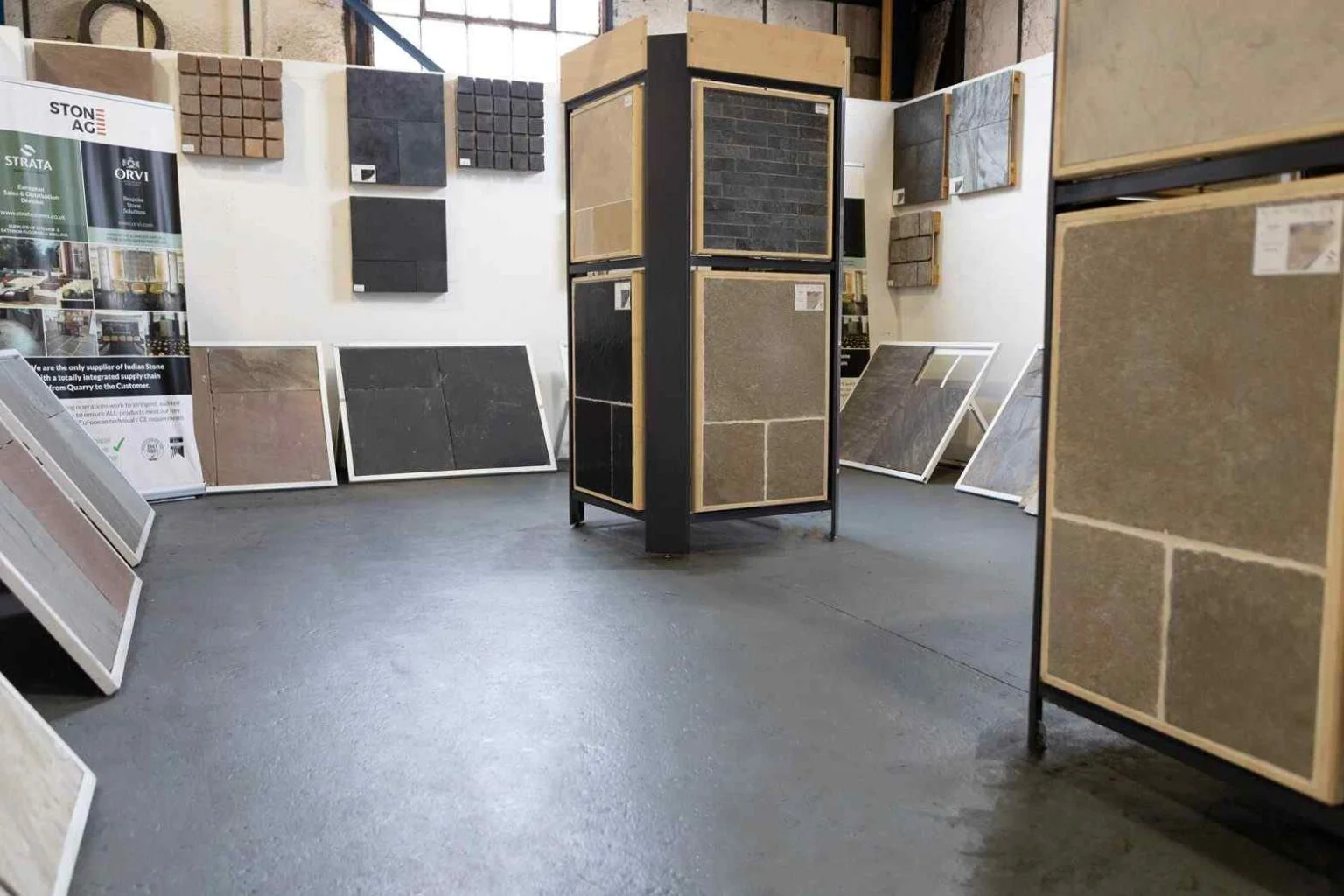
How to Maintain Natural Stones Guide
Though you may not believe it, maintaining natural stone actually takes very little effort. Here are our top tips on caring for your Natural Stone Surfaces:
INDOOR CARE
Keep it neutral – When cleaning your natural stone surface, it is best to do so with pH balanced / neutral products, as harsh cleaning products can damage the surface of your stone. Cleaners with detergents can also leave a residue on the stone which is difficult to rinse off and collects dirt so avoid this is possible. Test any new products on a small area before full application.
Light daily cleaning – Light cleaning can be performed as regularly as you feel necessary to stop build-up of grime and dirt.
Heavy duty cleaning – On commercial surfaces grime can build up easily, despite daily light cleaning efforts. This is due to high volumes of traffic. We recommend that a heavy duty ‘Spring’ clean is carried out at least every 3 months, provided that a suitable cleaner and set of non-damaging tools are used such as a buffing machine.
Liquid spillage – If you spill liquids, try using your vacuum with a brush attachment and then spot cleaning. This technique is beneficial for any tiled floor that has light grout to keep it looking high quality for years to come.
Spillage onto sealants – Although impregnating sealants repel water, grease and oil, they do NOT provide a physical barrier to protect against spillages, scuff marks or dirt, therefore all spillages should be cleaned up immediately. If liquids are not wiped off, they will eventually penetrate the sealant causing unwanted damage and stains.
Acidic spillages – Sealants don’t protect your stone surfaces against acid etching. If you drop something acidic such as lemon juice, cola, vinegar or wine onto your tiles, it’s important to neutralise it with water immediately and then clean it thoroughly.
Stain removal – There are two main methods to remove stains from floors:
Apply undiluted floor cleaner to the stains and leave it to work for at least 5 minutes. Before the cleaner dries, scrub the area with a suitable brush. Wipe up the cleaner with absorbent paper towel and rinse the remaining cleaner off thoroughly with a mop and fresh water. Repeat as necessary. If you have any particularly difficult stains to remove, such as old oil stains, then it is best to make an open poultice. Mix an alkaline cleaner* with a dash of water to make a thick paste. Spread the paste thickly over the stain and leave it for at least an hour, adding more paste every 20 minutes to keep it moist and active. To remove of the paste, use a spatula or spoon. Rinse the remaining cleaner off thoroughly with a mop and fresh water. Repeat as necessary.
*When using an alkaline cleaner, ensure that it does not come into contact with any metals, other than stainless-steel. Alkaline is an oxidiser and will corrode metal.
Avoid scratches – Natural stone flooring can sometimes scratch with dirt and grit brought in from the outside world. Minimise this by sweeping or vacuuming the area frequently and using rugs to keep sand and dirt off the floor.
No waxing – Waxing natural stone floors is NOT recommended, it can actually dull the finish.
Polishing – Previously polished marbles, granite and limestones can be re-polished to restore them back to their original finish. This is an advantage that natural stone has over man-made materials like Porcelain – Porcelain unfortunately can’t be re-polished once fixed.
OUTDOOR CARE
Heavy duty cleaning – We recommend that heavy duty cleaning of outdoor residential areas should be performed at least once a year after winter to remove mould, stains and any other build-ups. For commercial outdoor surfaces, clean as required. To clean large multi-story surfaces, pressure washing is the most effective method.
Acidic damage – In populated urban areas, rain can be acidic. The use of acid sensitive materials such as marble, limestone, travertine and onyx are therefore not recommended outdoors as discolouration and irreversible etching damage may occur. Bird droppings and other animal excretions can also be acidic, along with some types of leaves when left to bleed tannins over time. It is recommended to clean these up as soon as possible.
Removing efflorescence – Efflorescence are minerals which are dissolved in water which moves up from the substrate – these dissolvable minerals can come from the mortar bed, grout or even the soil or stone itself, and are deposited as white or slightly yellow powdery deposits on the surface. Efflorescence is best removed when it appears and before it cures and hardens. If tackled within a few weeks of occurring, it can usually be removed using a dry, stiff natural bristle or wire brush.
Preventing rust – Rust marks usually happen from metal patio furniture and, like efflorescence, can be very difficult and sometimes impossible to fully remove. We recommend using an acidic cleaner mixed with fresh water. However, this is not recommended for acid sensitive stones like marble, limestone and travertine.
Hard water deposits – Minerals in our water supply can be left on the surface and is often mistaken for efflorescence. If you have ‘hard’ water in your area (water which contains a high content of calcium, magnesium or other mineral salts, this will leave mineral deposits when you use your tap water to clean the surface. These mineral deposits are best tackled immediately, brushing away using a stiff broom before they harden and stick to the surface with exposure to air and humidity.
